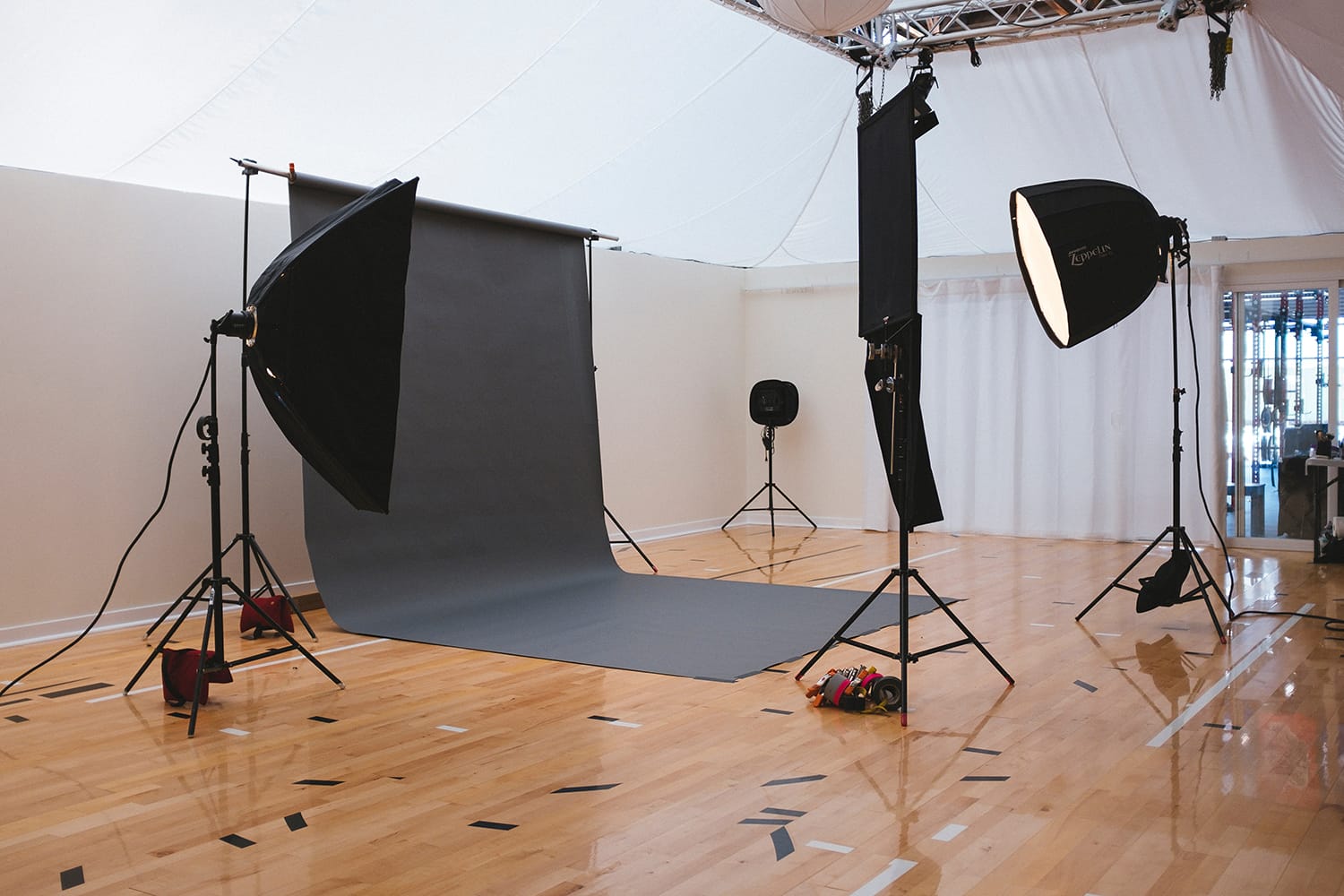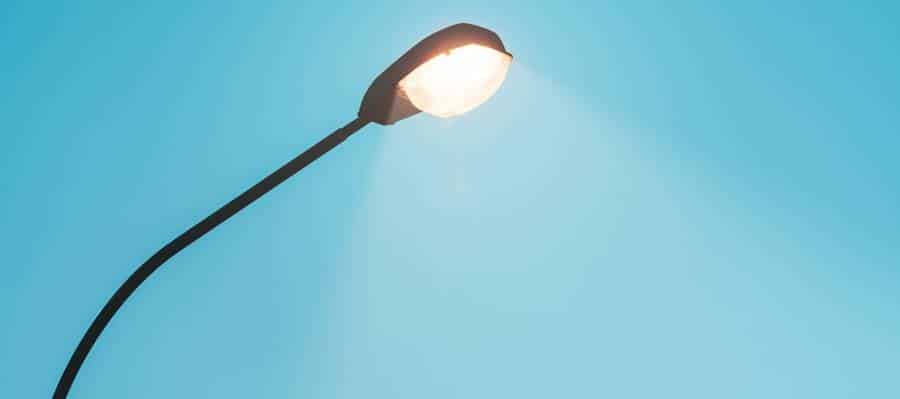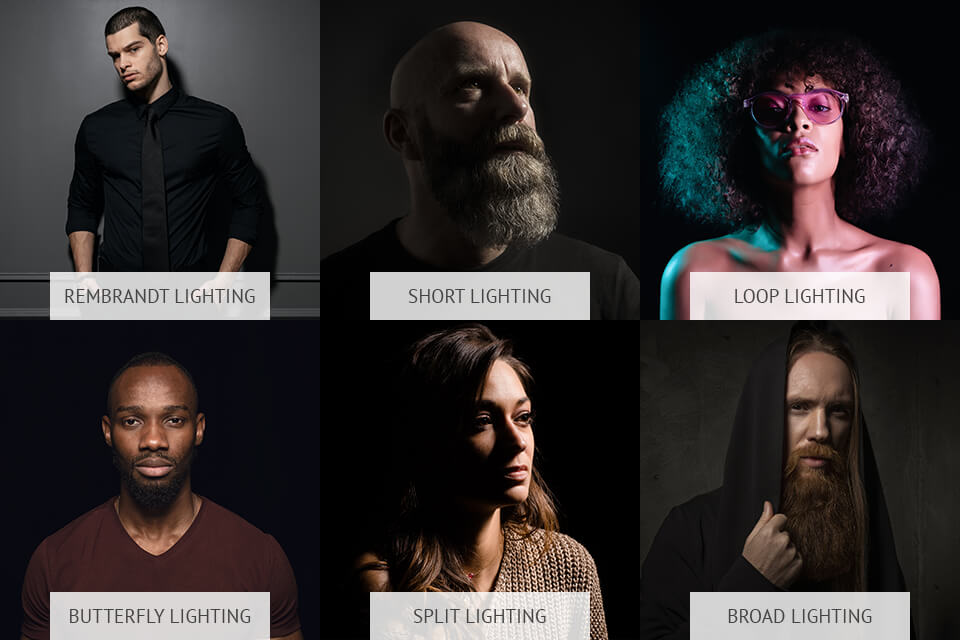Photography Types Of Lighting
Photography Types Of Lighting - Understanding the different types of lighting in photography can be a daunting task, especially for beginners. But it's an essential skill to master if you want to capture stunning photographs. Knowing how to use various types of lighting will not only enhance your images but also give you more creative control over your shots. In this post, we'll go over the five primary types of lighting in photography and provide beginner-friendly tips and ideas on how to use them effectively.
1. Natural Light
 Natural light is the most readily available source of lighting in photography, and it's a favorite among many photographers. It's the light that comes from the sun, and it changes throughout the day, depending on the time of day, weather conditions, and geographic location. The key to using natural light effectively is knowing when and where to shoot. The best times to shoot are during the golden hours, which are the first hour after sunrise and the last hour before sunset.
Natural light is the most readily available source of lighting in photography, and it's a favorite among many photographers. It's the light that comes from the sun, and it changes throughout the day, depending on the time of day, weather conditions, and geographic location. The key to using natural light effectively is knowing when and where to shoot. The best times to shoot are during the golden hours, which are the first hour after sunrise and the last hour before sunset.
Tips and Ideas:
- Use the sun as a backlight to create a dramatic effect.
- Shoot with natural light near windows, doors, or other openings to allow light to flow into the scene.
- Explore different types of natural light, such as cloudy or overcast days, to create unique moods for your image.
2. Artificial Light
 Artificial light is any lighting source that isn't natural, such as lamps, light bulbs, and studio lighting. This type of lighting provides more control over the intensity and direction of the light. You can use artificial lighting to create various moods, from warm, cozy lighting to cold and contrasting lighting. It's a great option when natural light isn't available or when you want more control over the lighting conditions.
Artificial light is any lighting source that isn't natural, such as lamps, light bulbs, and studio lighting. This type of lighting provides more control over the intensity and direction of the light. You can use artificial lighting to create various moods, from warm, cozy lighting to cold and contrasting lighting. It's a great option when natural light isn't available or when you want more control over the lighting conditions.
Tips and Ideas:
- Experiment with different types of artificial lighting, such as tungsten or LED lights, to find the best fit for your image.
- Use artificial lighting to create shadows or highlights in your image for more depth and dimension.
- Pair artificial lighting with natural light to create a more dynamic image.
3. Soft Light
![]() Soft light is a diffuse and even light that produces minimal shadows. It's often used in portrait photography, as it creates a flattering and smooth look on the subject's face. Soft light can be created by diffusing natural or artificial lighting source, such as using a reflector or softbox.
Soft light is a diffuse and even light that produces minimal shadows. It's often used in portrait photography, as it creates a flattering and smooth look on the subject's face. Soft light can be created by diffusing natural or artificial lighting source, such as using a reflector or softbox.
Tips and Ideas:
- Use soft light to flatter your subject's complexion in portrait photography.
- Utilize natural sources of soft lighting, such as shooting on overcast days or near a window with diffused light.
- Try different types of diffusion tools to create a unique soft light effect, such as a diffuser umbrella or a softbox.
4. Hard Light
 Hard light is a more intense and directional light that creates harsh shadows and contrast. It's often used in fashion or commercial photography to create a dramatic and edgy look. Hard light can be created by using a direct lighting source, such as a flashlight or an un-diffused light bulb.
Hard light is a more intense and directional light that creates harsh shadows and contrast. It's often used in fashion or commercial photography to create a dramatic and edgy look. Hard light can be created by using a direct lighting source, such as a flashlight or an un-diffused light bulb.
Tips and Ideas:
- Use hard light to create a dramatic and high-contrast look in your photographs.
- Experiment with different light sources, such as flashlights, un-diffused light bulbs, or spotlights.
- Pair hard light with natural or soft light to create a more dynamic image.
5. Specialty Light
 Specialty light is any lighting source that's not commonly used, such as blacklight or neon lighting. This is a more creative and experimental type of lighting, and it can produce unique and eye-catching results. Specialty light can be purchased or created by using different colored gels or filters over lighting sources.
Specialty light is any lighting source that's not commonly used, such as blacklight or neon lighting. This is a more creative and experimental type of lighting, and it can produce unique and eye-catching results. Specialty light can be purchased or created by using different colored gels or filters over lighting sources.
Tips and Ideas:
- Experiment with different types of specialty lighting to create unique and eye-catching images.
- Use colored gels or filters over lighting sources to create a more dramatic or surreal effect.
- Combine different types of lighting to create a more dynamic and varied image.
Now that you've learned about the different types of lighting in photography, it's time to put your knowledge into practice. Don't be afraid to experiment with different types of lighting and techniques to find your style and creative voice. Remember, lighting is a crucial component of photography, and mastering it will elevate your images and make them stand out from the rest.
Read more articles about Photography Types Of Lighting
Post a Comment for "Photography Types Of Lighting"